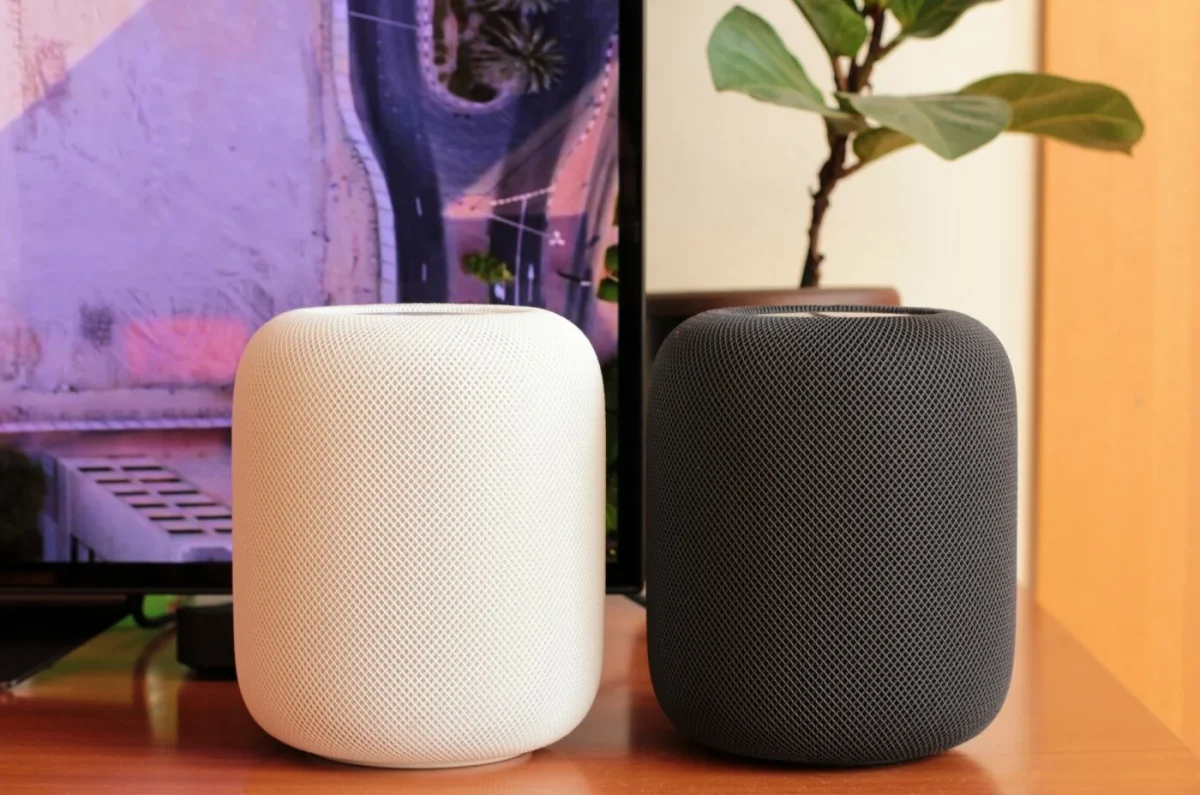
Apple’s HomePod is back after a few years of absence, and frankly, it hasn’t really changed much.
The original HomePod, which launched in 2018, was discontinued early in 2021, leaving an empty void in the lives of people who wanted an Apple speaker that can produce a bigger sound than the HomePod mini. It was an ambitious product for its time, with an array of 7 tweeters, 6 microphones, and Apple tech wizardry which allowed it to adapt its sound for every room. It also had an ambitiously high price to match at $349, which probably contributed to its quick demise.
Things have changed since then. On the one hand, smart speakers are so ubiquitous that you can now buy a decent-sounding speaker at Ikea for $99; on the other, you can easily spend $2,000 decking out your house with an array of Sonos or Bose smart speakers.
With the new HomePod, Apple seemingly decided to walk the middle of that road. The new HomePod is 0.2 inches shorter, a little cheaper at $299, and a little less powerful, with 5 tweeters and 4 microphones (the subwoofer is still here and it still has the same 4-inch diameter). It’s powered by Apple’s new S7 chip, and it now comes with humidity, temperature, and sound recognition sensors.
You wouldn’t notice the changes just by looking at it from afar. The new HomePod still looks pretty much the same, the only major design difference being the new, Midnight color (replacing the Space Grey which wasn’t all that different). I don’t mind the unchanged design, because HomePod is still beautiful. The mesh fabric body is soft to the touch and pleasing to the eye, especially when you get close enough to notice the latticed weaving pattern. The eye of Siri that pops up on top when you invoke it is bigger than on the first generation, and is still really cool to look at, especially in a dark room. But the most important thing about the design, to me, is that the HomePod will fit well into any home.

The new sensors (which, surprisingly, have also been built into the HomePod mini all this time, but Apple only decided to enable them now, two years after launch) are a nice addition, but not groundbreaking. They make the HomePod a little more viable as a hub for your smart home, enabling you to quickly check the temperature in various rooms in your house (if you have more than one HomePod), and informing you when, say, a carbon monoxide alarm has gone off.
The best thing about the HomePod, if you own a lot of Apple gadgets, is just how great they all work with one another. Setting up one HomePod was incredibly easy; I plugged it in, scanned it with my iPhone, and I was all set. Adding another was even easier, with Apple immediately asking whether you want them to reproduce stereo sound (you can only do that with two identical HomePods; you cannot have stereo playback with a HomePod and a HomePod mini). I used eARC on my LG television set to get the HomePod to act as speakers for my TV, with the help of Apple TV 4K, and it worked seamlessly. I even started using Apple’s Home app, which I rarely did before, to overview and control all aspects of my smart home setup, and found it to be quite capable.
Thanks to its built-in mics, the HomePod is great at catching your voice commands, even if you shout them over several other Apple gadgets which are also listening for input. Siri is still the same old Siri, often surprisingly smart, sometimes frustratingly unable to understand what you want (and no, you can’t get any other voice assistant to work on the HomePod).